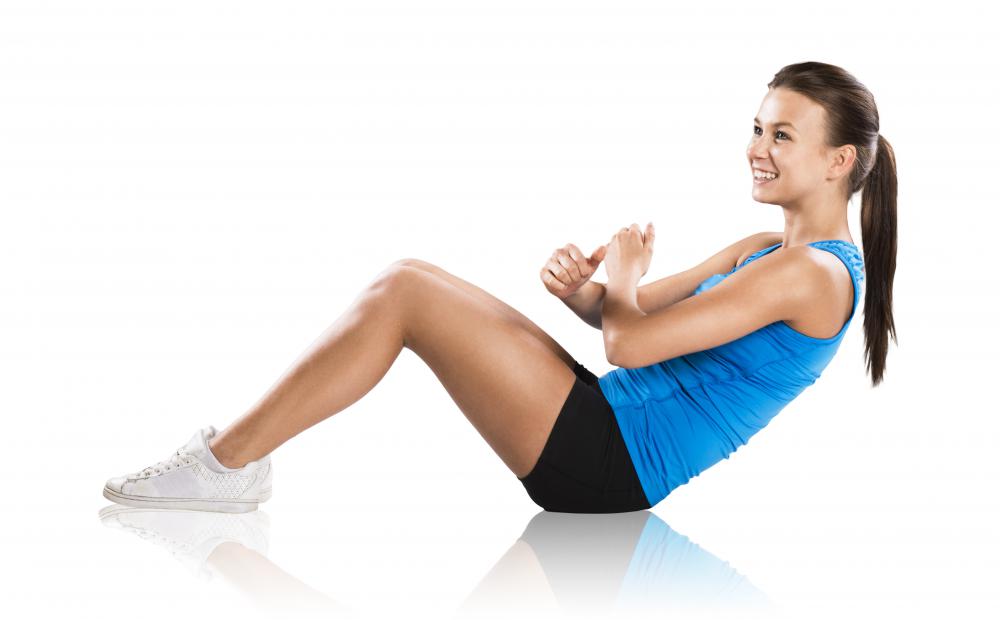

Jump rope, running, power-walking, or action sports will help you lose weight. The Cleveland Clinic suggests adding 45-60 minutes of high-intensity cardiovascular exercises most days to help lose belly fat ( 25 ). Sit-ups tone your obliques, transverse abdominis, and rectus abdominis muscles around your core. Sit-ups alone cannot burn belly fat or make you lose weight. The Cleveland Clinic shares the truth about losing belly fat with sit-ups, and it isn’t what you think it is ( 25 ).

Meanwhile, you’ll find out how many you need soon. Let’s discover how to use sit-ups as part of an exercise routine to achieve your goals. Sit-ups aren’t useless when you know how to combine them with other workouts, lifestyle choices, and the correct number of reps. Then, you can follow sit-up sequences with the right reps to achieve desired results and envious glances. Instead, you must understand what sit-ups do for you (and what they can’t do).

Where do these people get those bodies? How many sit-ups a day will help you achieve those results? It’s more complicated than knowing how many sit-ups you should do daily. Let’s not forget the sleek bellies and six-packs on the beach each summer. You know there’s envy over a streamlined boxer with sweat running over rock-hard abs.
Twist Spider Mountain Climber Variation. 200 Sit-Ups A Day Workout Sequence For Toning Rock-Hard Abs. 30 Sit-Ups A Day Exercise Sequence For Beginners. Sit-Ups Every Morning Sequence For Core Strength. Choosing Sit-Ups Every Day For Specific Goals. Progressive Overload Defines Muscles And Builds Mass. The Amazing Sit-Ups Everyday Benefits You Can’t Skip!. How Many Sit-Ups A Day To Lose Belly Fat? You Can – The Right Way!. The Truth About Sit-Ups And Weight Loss. Through dynamic patterns of movement, a good core workout like plank exercises helps strengthen the entire set of core muscles you use every day, leaving you with a stronger and more balanced body. While sit-ups or crunches strengthen just a few muscle groups. In addition, plank exercises recruit a better balance of muscles on the front, sides, and back of the body than sit-ups, which target just a few muscles.įinally, activities of daily living such as bathing, getting out of bed, or walking, as well as sports and recreational activities, call on your muscles to work together, not in isolation. When the hip flexors are too strong or too tight, they tug on the lower spine, which can create lower back discomfort. They push your curved spine against the floor and work your hip flexors, the muscles that run from the thighs to the lumbar vertebrae in the lower back. One reason is that sit-ups are hard on your back. While classic sit-ups and crunches have fallen out of favor. Now plank exercises, in which you assume a position and hold it, are the gold standard for working your core. Sit-ups once ruled as the way to tighter abs and a slimmer waistline.







 0 kommentar(er)
0 kommentar(er)
